What You Need to Know About VR Fitness
AR VR in Fitness Industry
Exercises & going to a gym are not only beneficial to one’s health but also it can help you deal with your stress. It can quickly become a place for you to work those muscles and forget about all the troubles you had to face throughout the day. Most importantly according to research, staying active is part of our DNA, it helps to prevent many diseases & enables us to live longer as well. A healthy lifestyle prevents the risks of getting kidney, liver, heart, and bone diseases due to laziness and old age. But unfortunately, our modern lifestyles have made us very lazy sedentary human beings. Once we were hunter-gatherers, hard-working hardworking laborers , and survivalists, now we tend to sit behind a desk, in front of the TV/computer, use mechanical transport to go everywhere, and that unfortunate list goes on. Even more, these days, finding time to go to the gym center for workouts is quite challenging from our busy schedules.
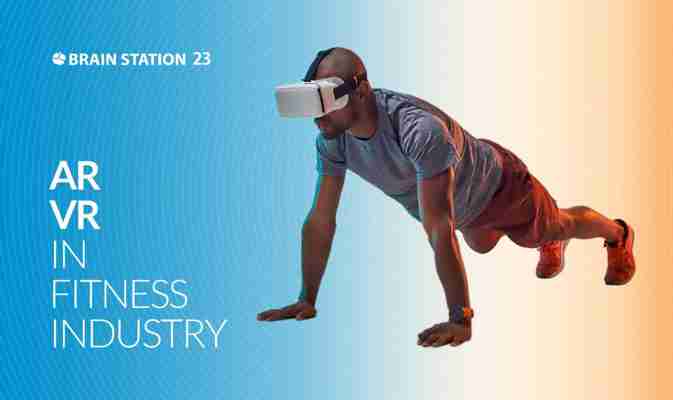
On the other hand, the fitness industry has taken the worst hit in this pandemic, and even after the lockdown is lifted people are afraid to physically attend the gym center for their workout. Therefore, to make the fitness journey most enjoyable augmented reality (AR) and virtual reality (VR) playing a great role in this sector, in fact many gyms and fitness clubs are now employing AR-VR enabled gadgets and apps to make exercises more enjoyable & fun just from the comfort of home or even at a gym center as a result of this, the adoption of augmented reality (AR) and virtual reality (VR) in fitness centers is encouraging more individuals to stay active and enjoy their workouts. Most Surprisingly, with the virtual fitness market expected to hit almost 60 billion USD by 2027, people worldwide will be able to enjoy superior experiences enabled by tech-led training sessions.
So now you must be wondering how augmented reality (AR) and virtual reality (VR) are changing the mode of the fitness industry? So, let’s explore-
There are various types of AR featuring gadget & apps for physical exercise namely games and workout apps that allows you to incorporate interactive aspects and play video games into your routines to make your virtual reality workouts more enjoyable at home or even at gyms outdoors.
When it comes to augmented reality fitness tools, some just operate with smartphones, while others require wearables (hands-free solutions), which can include, such as-
smart glasses that typically function in collaboration with numerous fitness applications
an augmented reality gadget wear on one’s head
As carrying a cell phone during training might be difficult, So, solutions requiring wearables are becoming increasingly popular. We can make exercises safer and more efficient by taking users’ hands off the bar.
AR and VR can Revolutionize Fitness and Help in Maintaining an Active Lifestyle
Fitness Applications Can Strengthen AR/VR Device Value Proposition for Consumers NEWS

The introduction of Augmented Reality (AR) and Virtual Reality (VR) applications in fitness and personal training is a growing area that promises to expand sport experiences and empower individuals to better achieve their training goals and improve their performance and health with novel tools.
VR Head-Mounted Displays (HMDs) and fitness applications are increasingly mature, providing consumers a range of options from VR interactive games that integrate exercise to VR yoga classes by the sea and VR boxing courses with the assistance of avatars. Users have the chance to exercise in VR in the comfort of their homes, which has proven very effective in helping individuals remain fit and active during the COVID-19 pandemic. At the same time, online fitness noticed a major boom even before the lockdowns, which can also drive the demand for VR exercise further. The first wave of virtual gyms, such as Black Box and VR Fit, are already a reality, providing the opportunity to exercise in VR at an affordable price while more and more traditional …
What You Need to Know About VR Fitness
If the pandemic brought one good thing, it’s that home fitness is here to stay. As case numbers rose, working from home quickly turned into working out from home. Suddenly, lifting weights in the basement didn’t sound like so much fun.
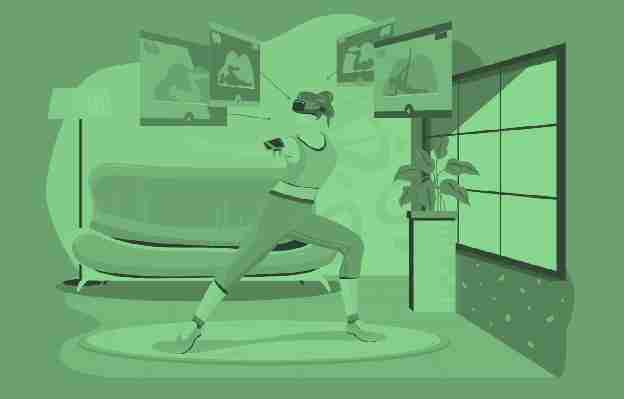
So the fitness and tech industries created a virtually endless library of workout videos, fitness courses, and health resources. Now, anyone with a little extra cheddar can tap into this online cache by strapping on a virtual reality headset.
More affordable hardware and functional features have made VR a popular choice among fitness enthusiasts and gamers alike. Since 2019, more than 16 million headsets were sold worldwide, and experts think that number will more than double by 2024. So, if you’re looking to purchase one, now might be a good time to do so.
Let’s Talk Calories
Virtual reality as a medium has always encouraged players to stand up and get moving. However, today’s games are specifically built with fitness in mind. Thus, you could burn just as many calories staying home as you would going to the gym — if not more.
Built-in calorie counters, various game modes, and interactive features further encourage high activity levels. Choose games like “Beat Saber” and “Pistol Whip” to torch 6.55 and 7.17 calories per minute, respectively.
Your Options Are Endless
Next-gen commercial VR headsets have been around for about a decade, which means developers have had plenty of time to create new games and experiences. For example, brands like The North Face have made virtual reality videos featuring classic outdoor activities like rock climbing, which could offer a unique take on virtual workouts.
With everything from yoga to boxing to choose from, it seems your options are practically endless. Regardless of which experience you choose, it’s bound to get you up and moving, especially if you’re the competitive type.
Virtual Reality Is an Investment
Tech-based fitness is engaging and effective, but there’s a reason why some people still don’t use it, no matter how interested they may be in the VR world. VR headsets alone can cost a few hundred dollars and full systems can easily cost more than $1,000. Then, you must purchase standalone games or monthly subscriptions to access them.
While the initial cost may sound steep, many studio fitness memberships are much more expensive. Therefore, it’s important to compare costs before choosing one over the other.
Gamification Fuels Habituation
Gamifying fitness has encouraged more people to commit to a regular fitness routine and get back in shape. This habituation can aid in weight loss, muscle gain, and a healthier outlook overall. However, it can also fuel addiction if you aren’t careful. Just like video games, VR can cause some people to obsess over scores and numbers.
When this obsession becomes an addiction, you’re more likely to develop exercise addiction, eating disorders, and injuries from overuse. Taking time to rest will help you make VR gaming a healthy habit without it developing into an addiction.
The Future of Fitness
Fitness and tech will continue to entwine with one another in the coming years. It’s likely that virtual reality will continue to complement augmented reality, too. The latter system supports lightweight sunglasses-like headsets, new and improved controllers, and mixed-reality environments to provide a more immersive experience.
Connection speeds will also make a huge impact on AR’s long-term growth. Current home Wi-Fi speeds can support VR and AR. However, 5G speeds will be integral to widespread adoption because they elevate the entire experience and can even support AR use beyond the limits of Wi-Fi.
Guest Post

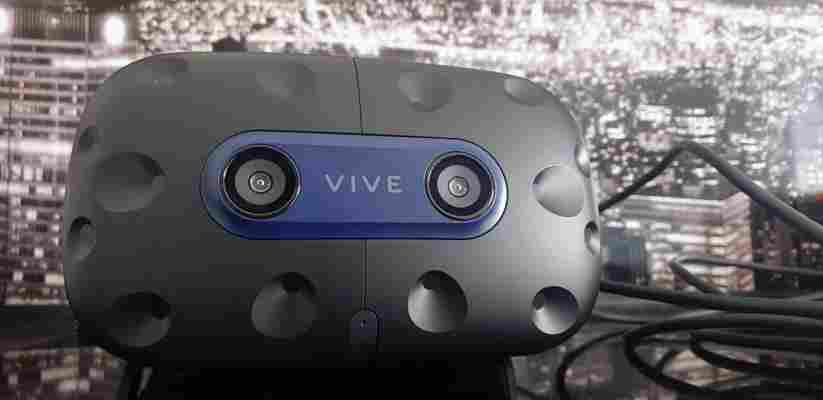
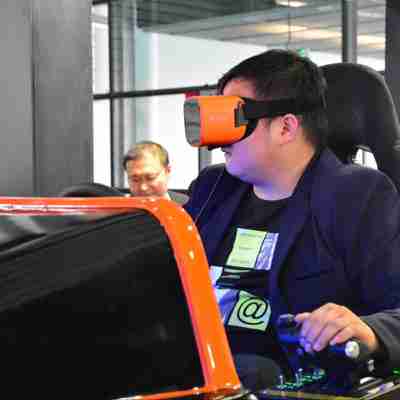

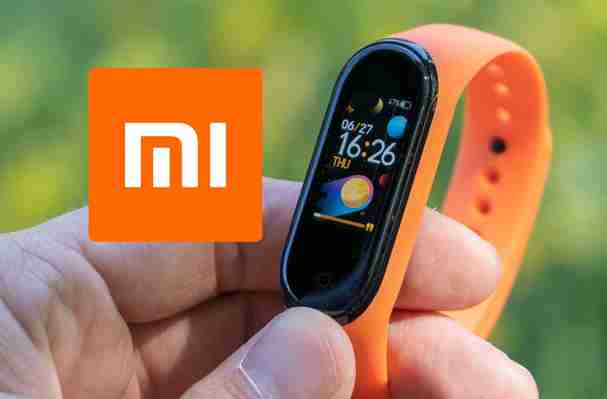
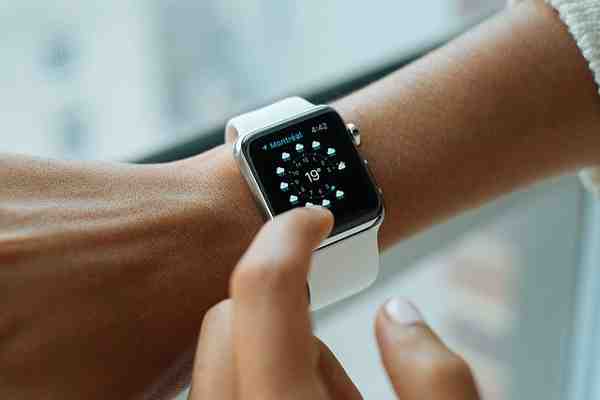


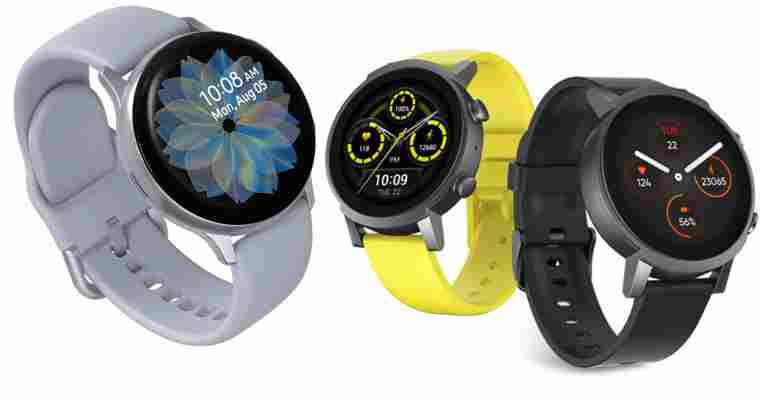



Write a Comment